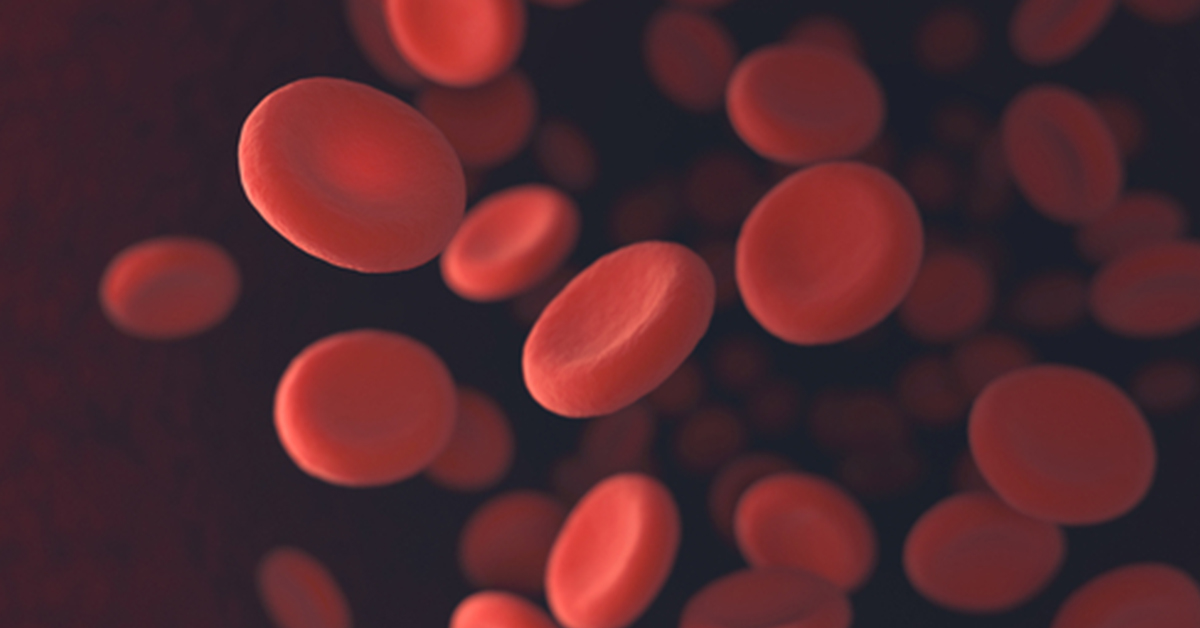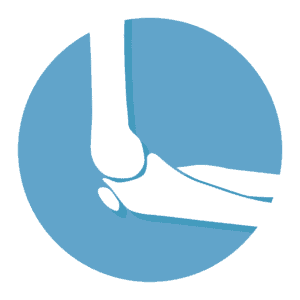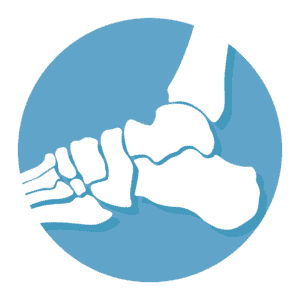
What is Peripheral Arterial Disease in Diabetes Mellitus?
Peripheral arterial disease is a common complication of long-standing diabetes. Peripheral arterial disease refers to thickening or furring up of arteries in the peripheral parts of the body, such as the legs and hands. It can be caused by a number of different factors, and diabetes is an important risk factor in its development. As a result of peripheral arterial disease, the amount of blood that reaches the extremities is reduced significantly, causing pain and discolouration of the feet and hands. Peripheral arterial disease has close links with the development of heart attacks and strokes.
What causes Peripheral Arterial Disease in Diabetes Mellitus?
There is no clear explanation as to how diabetes can cause peripheral arterial disease. It is believed that patients with diabetes are more prone to developing fat depositions on the surface of the inside of the blood vessels leading to the narrowing. In addition, diabetes is associated with increased inflammation, which is another cause for peripheral arterial disease. From a molecular level, diabetes can cause disruption in the normal functioning of the protective cells that line the blood vessels, called endothelial cells. This disruption can make them likely to function inappropriately in the presence of inflammation.
Symptoms and Diagnosis
Common symptoms include pain in the leg when walking, called claudication pain, and loss of sensation in the hands and feet. Patients may develop ulcers following injuries and, due to underlying diabetes, these ulcers can get infected and can take a long time to heal.
Upon examination, the pulses in the legs may be weak and poorly felt. There may be evidence of ulcers on the skin. Other changes include pale skin and absence of hair in the lower part of the legs and feet.
If left untreated, peripheral arterial disease can become severe enough to the point where the blood supply to the foot may be cut off completely. This can result in gangrene, which requires surgical treatment.
A definitive diagnosis of peripheral arterial disease is achieved through a test called ankle brachial pressure index (ABP I). In this test, the blood pressure in the ankle is compared to the blood pressure in the arm, and the ratio of the two is obtained. A normal value lies between 0.91 to 1.30. A value less than 0.90 is indicative of obstruction of the blood vessel, while a value below 0.40 is considered to be a severe obstruction.
How is Peripheral Arterial Disease in Diabetes Mellitus treated?
The best treatment option available is good control of blood sugars. This is achieved through diet, exercise and regular medication. It is important for patients to stop smoking. Patients may be commenced on aspirin to keep the blood thin. Certain drugs such as Pentoxifylline and Cilostazol are useful in managing claudication pain.
Any foot ulcers that may be present need regular dressings and should be kept clean. In some cases, antibiotic treatment may be required.
In more advanced cases of peripheral arterial disease, where the blood supply has been cut off completely, surgical treatments may be warranted. Sometimes, an arterial bypass operation may be required to restore blood flow to the leg.








